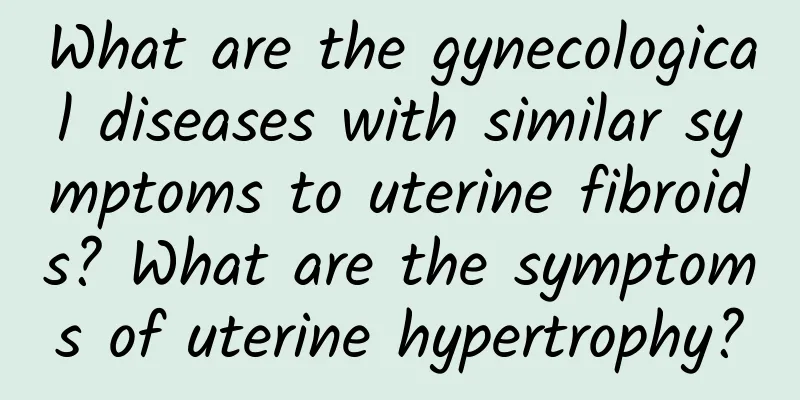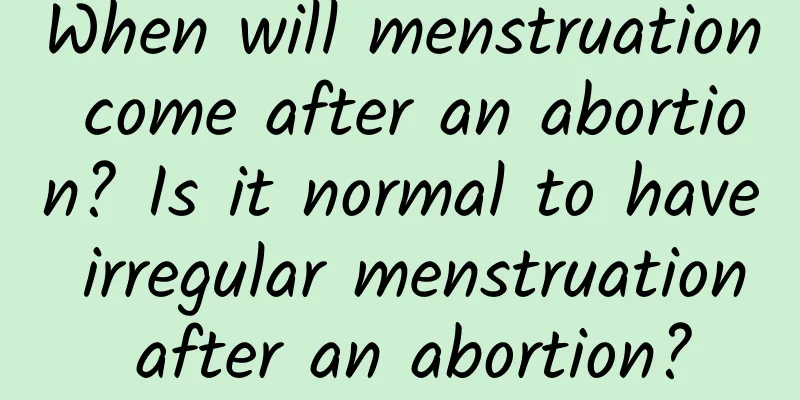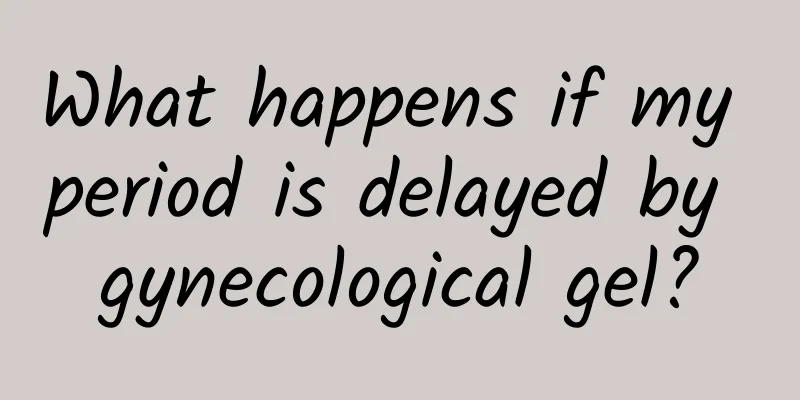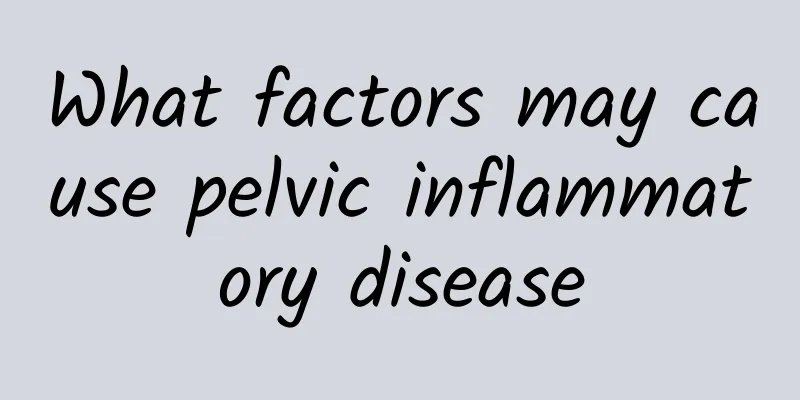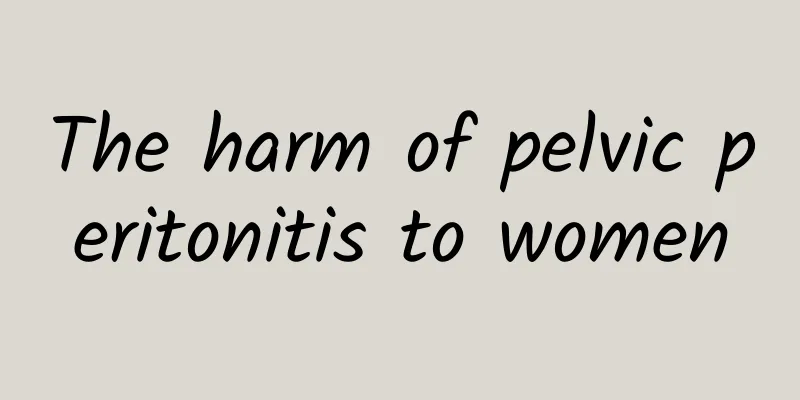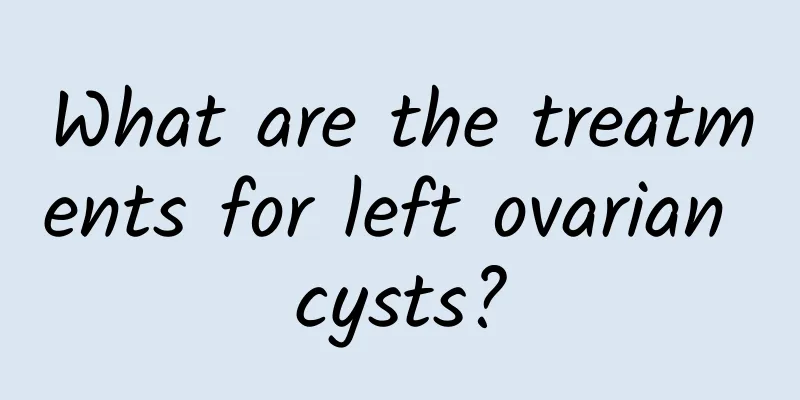How to treat uterine fibroids? What are the specific treatment methods for uterine fibroids?
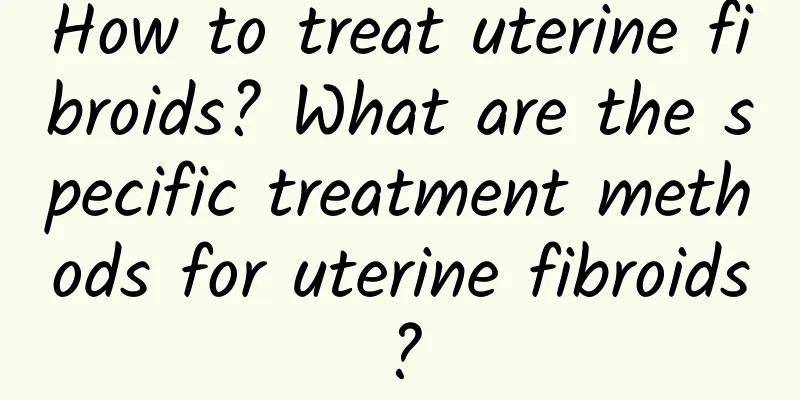
|
Faced with the threat of uterine fibroids, many people express helplessness. After the disease, there will be many adverse consequences that can affect physical and mental health. We need to pay attention to the onset of the disease to avoid affecting their fertility and bringing more impacts. We also usually need to pay attention to recovery. So, what are the common treatments for uterine fibroids? 1. Radiotherapy: For fibroids, there are also previous stages or mature stages, and different stages have different treatment methods. For smaller fibroids, drug treatment and surgery are contraindicated. Radiotherapy often causes side effects such as menopause and secondary inflammation, contraindications and more, but is not often used as a treatment method. This is one of the treatment methods for uterine fibroids. 2. Drug treatment: Drug therapy is also a better method, but drug therapy is not suitable for many people, such as pregnant women. Drug therapy is also relatively slow. For pregnant patients with heavy menstrual blood volume and uterine enlargement of about 8 weeks, androgen therapy can be used after diagnostic curettage of endometrial cancer. What are the common treatments for uterine fibroids? Androgens counteract estrogen, promote endometrial atrophy, contract the uterine myometrium and vascular smooth muscle, and reduce bleeding. Commonly used are methyltestosterone and testosterone propionate, but the dosage and method should be under the guidance of a doctor to avoid improper medication, leading to endocrine disorders, virilization, etc. 3. Hysterectomy: Surgery is also a good way to treat uterine fibroids, but it is not suitable for young women because young women have no experience of pregnancy and it is unrealistic to remove the uterus. For older patients with uterine fibroids who have obvious symptoms and no desire to continue to have children, total hysterectomy, subtotal hysterectomy and vaginal hysterectomy should be performed. Around the age of 50, one normal ovary can be retained to maintain its endocrine function. Usually we need to pay attention to the treatment of the disease. In daily life, patients can undergo radiotherapy, chemotherapy, and comprehensive self-care to avoid more impacts. In addition, we should also pay attention to changes in ovarian function, comprehensively adjust the body, avoid uterine damage, and women must pay attention to more rest and pay attention to self-care. |
<<: How to treat uterine fibroids? Can the uterus be preserved during uterine fibroid treatment?
>>: How to treat subserosal uterine fibroids?
Recommend
Treatment for vulvar itching
After vulvar itching occurs, female friends feel ...
What is biochemical abortion and what are the characteristics of biochemical pregnancy?
Many women experience bleeding after pregnancy an...
Female nurse quits sugary drinks for love! Lose 15 kg in 3 months
Losing weight always requires a little motivation...
How to relieve menstrual pain and stomach pain
How to relieve menstrual pain and stomach pain? M...
To prevent the occurrence of ovarian cysts, you need to pay more attention to everything
In life, how should we take preventive measures a...
Experts teach you how to prevent cervical erosion scientifically
Cervical erosion is a gynecological disease with ...
What is the reason for long menstrual period but light menstrual flow?
What is the reason for long menstrual period but ...
Detailed explanation of the main causes of vulvar leukoplakia
Vulvar leukoplakia is a very common gynecological...
How to treat menstruation after abortion for one month? 7 dietary treatments for menstruation after abortion
One month after an abortion without menstruation ...
Why should I check before doing painless abortion?
Painless abortion is very popular now, and many p...
What are the symptoms of cervical precancerous lesions?
No matter what disease you have, you can't de...
Can pressing the right acupoints help you lose weight? 5 acupressure massages to promote metabolism, improve brain circulation, and adjust the autonomic nervous system
DIY to quickly reduce brain fatigue Massage not o...
What to do if you don't have your period for 5 months
5 months of no menstruation excludes pregnancy as...
Why does pelvic inflammatory disease affect fertility?
What are the hazards of pelvic inflammatory disea...
When is the best time for painless abortion?
Nowadays, painless abortion is the first choice f...

